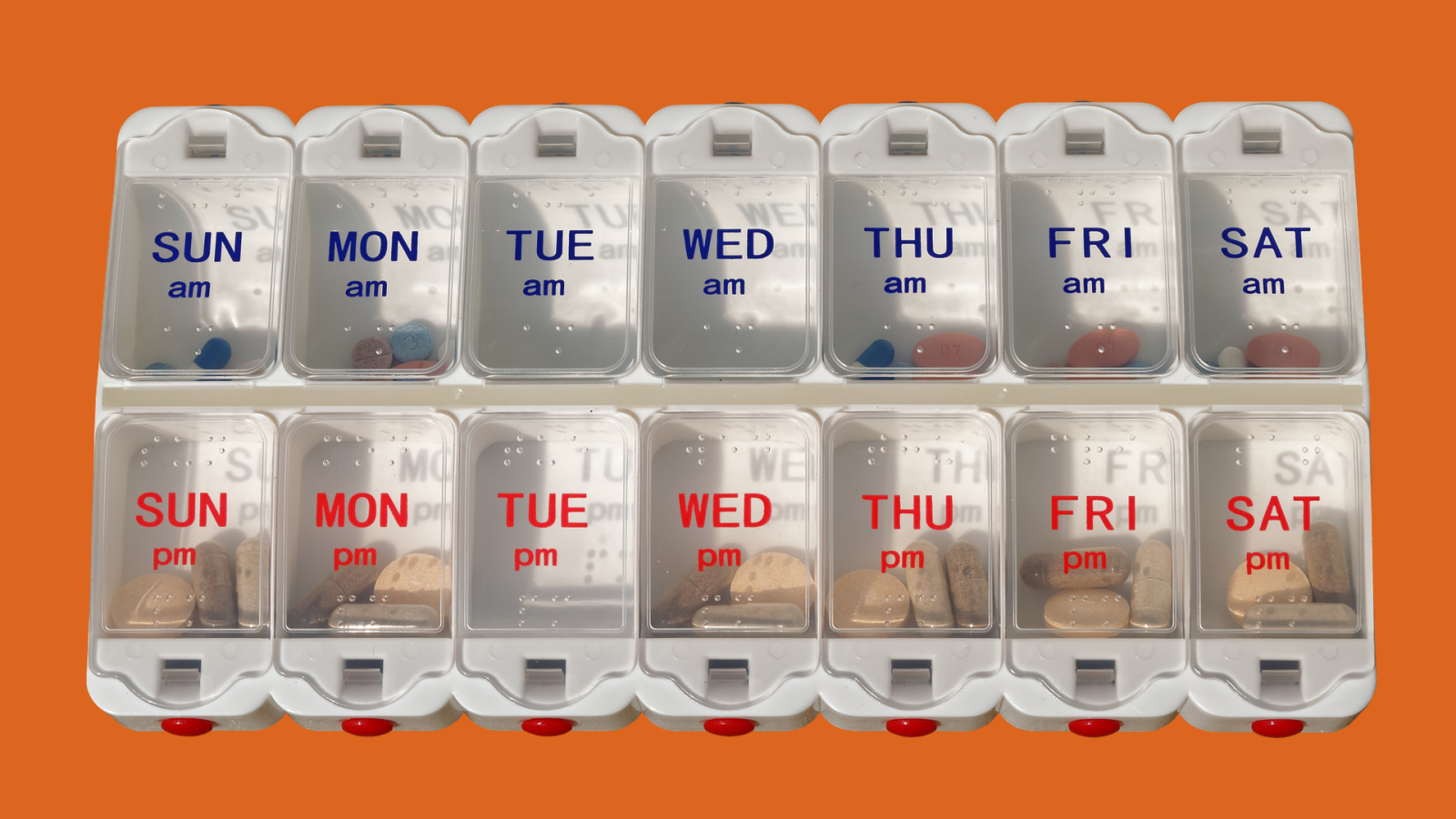Anti-Rheumatic Rx
Drs. Jack Cush and Arthur Kavanaugh discuss highlights and key takeaways from ACR 23.
We have known about the VEXAS (vacuoles, E1 enzyme, X-linked, autoinflammatory, somatic) syndrome for nearly 3 years, but there has been relatively little to say about how to treat it. To date there have been over twice as many publications about VEXAS (263 publications) as there have been patients described with respect to treatment strategies (116 patients). One of the late breaking abstracts may finally have rectified this imbalance.
These year’s annual ACR Convergence has been a success with the return of an insanely active Poster Hall! F2F learning amidst miles of research and many young talented aside wizened establish presenters is such a welcome return to ACR, the way it should be.
For as long as I can remember, methotrexate has been the anchor drug treatment of rheumatoid arthritis. We also know it has limited oral bioavailability at doses greater than 15mg. There are subcutaneous forms that offer better bioavailability, but its subcutaneous nature can sometimes sway patients away from trying it in addition to its higher cost. Split dosing of methotrexate can be a solution to attain higher bioavailability; however, its
Over the years of navigating the annual meeting, I found the sessions with the most impact to my practice were the Plenary Sessions. During these sessions, the latest research is presented, new ideas are floated, and old myths debunked. Here are the top ACR2023 Plenary abstracts I found impactful for my practice.
Our reporters have been prolific in finding the hot abstracts, those that were most attended or those that are getting the most buzz on social media. Here are RheumNow's #ACRbest abstract reports from Monday, November 13, 2023 at #ACR23, covering The Great Debate, SGLPT2 inhibitors in SLE, the SMART Study of MTX, TMP/SMX Prophylaxis, RA-ILD & TNF Inhibitors, cancer research and more.
Methotrexate is widely used in rheumatic diseases yet poses common tolerance issues, especially for the oral form; and bioavailability is known to be limited for doses over 15mg. In the SMART study, Prasad et al. present the first RCT comparing either single dose (25 mg) or split-dose (10 mg morning, 15 mg evening, same day) once weekly MTX for 24 weeks.
ACR 2023 is back in San Diego for its annual convergence of thousands of rheumatologists to partake, discover and learn from thousands of abstracts and hundreds of sessions and presentations. It was a big return for the Poster Hall with rows and rows of research, friends, fellows and poster tours. Below are a few of my favorite presentations from the posters, Plenary and oral sessions on day one.
The RheumNow faculty reporters have been scouring the meeting for what they believe to be the best presentations from the first day at ACR 2023 in San Diego. From hundreds of online presentations, the poster floor and the plenary podium, here are some of the best abstracts from Sunday Nov. 12th. You can spot these on Twitter by looking for the (#ACRbest) hashtag.
Several abstracts have studied the mechanism of action of JAK inhibitors (JAKi) in various diseases. JAKi alter many other mediators affected by the JAK STAT pathway. For instance, T cell signature in blood that is proliferative was associated with a response in RA.
Since the millennium, we have seen an expansion in the number of advanced treatments both biologic and targeted synthetic disease modifying anti-rheumatic drugs for rheumatoid arthritis. The challenge remains on how best to characterise the subtypes of RA in order to choose the best drug to ensure optimal outcome for patients.
Research work from the Accelerating Medicines Partnership (AMP: RA/SLE) Network, was published in Nature and more specifically characterizes RA synovium into several cell-type abundance phenotypes (CTAPs). Could CTAPs known disease features or more effective future therapies?
A recent CDC reports estimates that in 2019–2021, 21% of U.S. adults (53.2 million) have physician diagnosed arthritis. Now, an updated report shows a larger number (~33%) of U.S. veterans having diagnosed arthritis. Compared to nonveterans, this prevalence was double in men, and 60% higher in women.
A study of nearly 80,000 US veterans who underwent primary knee joint arthroplasty (TKA) showed the incidence of prosthetic joint infection (PJI) was highest in the first 3 months and remained elevated through 12 months compared with 12 months or more after surgery. Gram-negative organisms were more prevalent in early vs delayed or late PJIs.
I recently overheard a very good practicing rheumatologist complain, “why do I need yet another drug for psoriatic arthritis? I have more treatment choices than I have actual PsA patients who need a new or better drug”.
























 Poster Hall
Poster Hall